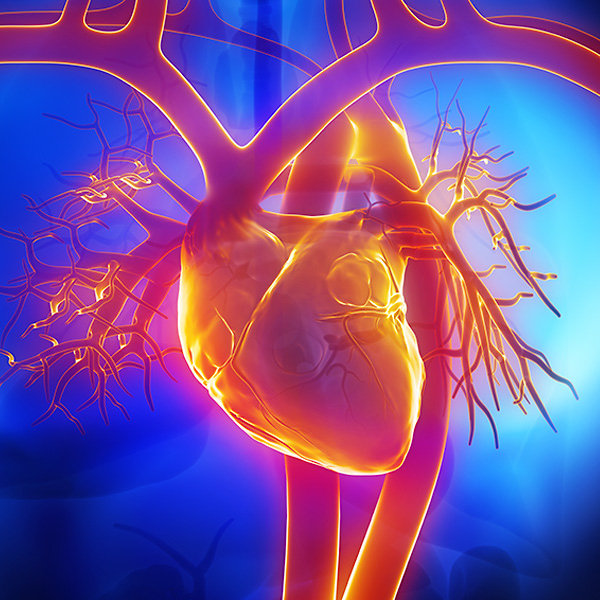Tachycardia
Overview and Facts about Tachycardia
Tachycardia is a heart condition where your heart rate spikes, without any physical exertion. A normal heartbeat falls between 60 to 100 beats per minute; someone with tachycardia will have a heartbeat faster than this.
Tachycardia can occur in either the upper or lower chambers of the heart while you are at rest. There are many different types of tachycardia, which can include:
- Atrial fibrillation
- Atrial flutter
- Supraventricular tachycardia
- Ventricular fibrillation
- Ventricular tachycardia
Causes and Risk Factors of Tachycardia
Because tachycardia is a problem with the electrical impulses that control your heartbeat, it can have a number of different causes, including:
- Exercising too much
- Anemia
- Heart disease
- Hyperthyroidism
- Having too much caffeine or alcohol
- Smoking
- Stress
- Having congenital heart conditions
- Illegal drugs or prescription medications
The people most likely to develop tachycardia are older, as age-related wear on the heart is a key contributor. Additionally, if you have a family history of tachycardia, your risk for developing this condition is higher.
Signs and Symptoms of Tachycardia
All of these tachycardia heart conditions have similar symptoms. Because your heart is beating too fast, it might not be effectively supplying your body with oxygen-fresh blood, leading to:
- Feeling lightheaded
- Having shortness of breath
- Feeling chest pain
- Fainting
You may be able to feel your heart beating or flopping in your chest, a symptom known as heart palpitations. Additionally, if you take your pulse, you’ll find it is beating faster than normal.
Tests and Diagnosis of Tachycardia
To diagnose tachycardia, your doctor will use specific tests to gain a better understanding of how your heart is functioning. These tests might include:
- Electrocardiogram to look at your heart’s electrical signals
- Holter monitor to monitor your heart’s activity for a 24-hour period
- Event monitor that you can activate to monitor your heart’s activity, whenever you feel symptoms
- Electrophysiological test, which involves inserting catheters into your blood vessels to identify the exact source of the electrical abnormalities
- Various cardiac imaging tests to look at the structures of the heart, including an echocardiogram, MRI, CT, angiogram or X-ray
- Stress test to see how your heart reacts to physical activity
- Tilt table test to see how your heart reacts when you go from a horizontal to a vertical position
Treatment and Care for Tachycardia
There are a few things you can do to reduce your symptoms. Vagal maneuvers are a way to stimulate the vagus nerve, which assists in regulating your heartbeat. These maneuvers include putting ice on your face, coughing, or bearing down like you are having a bowel movement.
Cardioversion is another therapy which provides a shock to your heart to help restore a normal rhythm. Certain medications can also keep your heart rate normal.
To fix the part of the heart causing the problem, your doctor also might perform a catheter ablation to damage the pathway that’s sending inappropriate electrical signals.
Your doctor might also recommend the following lifestyle changes to prevent recurring symptoms:
- Eating healthy
- Exercising regularly
- Ceasing smoking and drugs
- Limiting caffeine and alcohol

Request an Appointment
Loyola Medicine heart and vascular specialists have the experience and technology to treat the most difficult cardiac and vascular conditions. Schedule an appointment today.
Schedule a Telehealth Appointment
